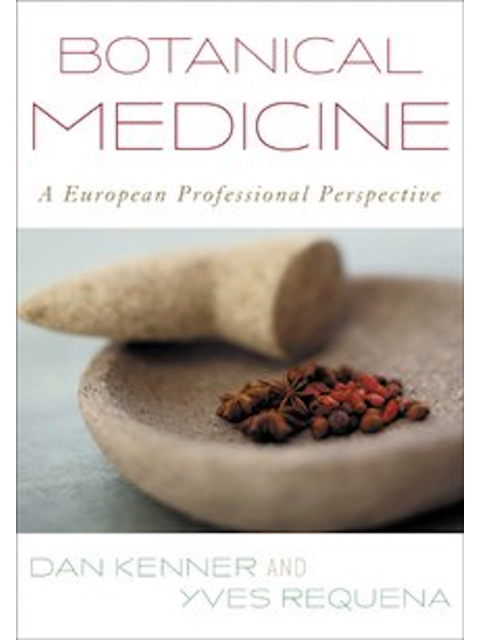Botanical Medicine. A European Professional Perspective
Botanical Medicine. A European Professional Perspective
Bestellnummer: 1166611666
- Botanical medicine as it is currently practiced in Europe is a highly evolved, multi-paradigm modality that draws on the sophisticated perspectives of gemmotherapy, oligotherapy, aromatherapy, and phytotherapy, as well as the concepts of terrain to effect treatment and cures using essential oils and herbal preparations. Its foundations extend far beyond conventional reductionist empiricism to three whole-system models--the neuroendocrine, five phase, and diathetic models.
- In composing this text, the authors have provided much information and a wealth of new perspectives gleaned from extensive clinical practice and from the Galenic literature and tradition. Designed to provide the herbal practitioner with information about botanical substances, how they are used in Western Europe today, and the tools necessary for developing clinical insights, the text presents the historical traditions leading up to modern European practice and the theoretical perspectives of these three whole-system models.
- Over 300 plant substances are profiled according to five phase categories, with a listing for each of the common name, Latin name, actions, constituents, botanical family, flavors, five-phase category, and principal indications according to terrain. Therapeutic guidelines and clinical applications are provided for an extensive selection of illnesses, including symptom discrimination according to terrain, and gemmotherapeutic, botanical, and diathetic prescriptions.
- An Excerpt from Comments by Author Dan Kenner:
- Herbal medicine is as old as humankind and has been used universally throughout civilization. In the West since the Middle Ages it has passed through several cycles of ascendancy and decline. During its recent decline in favor of synthesized chemical medicines, the skills on which botanical medicine were based--the observation of patients hour by hour, day by day--were trivialized as anecdotal and disparaged as lacking scientific merit. Diagnosis and treatment became microscopic search and destroy missions, where specific disease agents were sought with specific tests so that they could be attacked by magic bullets of biochemical origin.
- Today, however, people have become aware of the limited resolving power of a solely analytical and microscopic view. Macroscopic observation--touching, listening, questioning--are once again credible. Botanical Medicine is a book for this era. It describes the main paradigms for the professional administration of herbs based on naked-sense observation, using the model of yin-yang and the five phases from Chinese traditional medicine, the model of the terrain medicines of French phytotherapy, as well as modern adaptations in physician-based European practice. The book is complete and self-contained. It begins with an explanation of the ideas and models, extends to theoretical and practical application, and concludes with detailed profiles of a large repertory of herbs. The information required for application of each of the main therapeutic approaches is presented in a large section of herbal profiles. Each profile contains information regarding the herbs botany, chemistry, and history, as well as its applications and indications. The information required for the professional practice of botanical medicine, as it is used in Europe, is emphasized; in particular, French phytotherapy. Richly and extensively presented, this text is certain to facilitate the clinical applications of whole-system models for herbal practitioners in the U.S.A. and will surely be helpful in the development of creative solutions to the ever-changing conditions of clinical practice.
- 412 pages, Pb.

